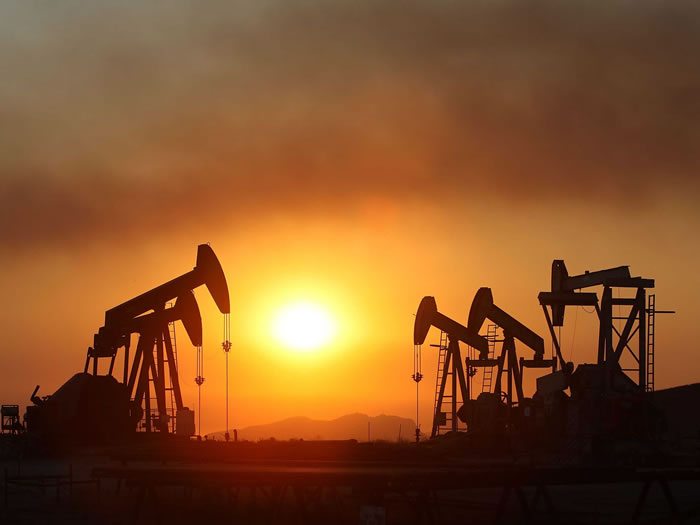According to the Nigerian National Oil Corporation the US has drastically reduced its demand for Nigeria’s crude oil in recent months.
This has seen India overtake US as the largest importer of Nigerian oil. The country is currently buying about 250,000 barrels a day. India now buys considerably more oil, about 30% of the country’s 2.5 million barrels of production.
US demand for imported oil has fallen sharply because of increasing domestic shale gas and oil production – so much so that the International Energy Agency and oil giant BP both forecast that the country will be largely energy independent by 2035.
As of 2000, oil and gas exports accounted for more than 98% of export earnings and about 83% of federal government revenue, as well as generating more than 14% of its GDP. It also provides 95% of foreign exchange earnings, and about 65% of government budgetary revenues.
Nigeria’s proven oil reserves are estimated by the U.S. United States Energy Information Administration (EIA) at between 16 and 22 billion barrels but other sources claim there could be as much as 35.3 billion barrels. Its reserves make Nigeria the tenth most petroleum-rich nation, and by the far the most affluent in Africa.
Nearly all of the country’s primary reserves are concentrated in and around the delta of the Niger River, but off-shore rigs are also prominent in the well-endowed coastal region. Nigeria is one of the few major oil-producing nations still capable of increasing its oil output. Unlike most of the other OPEC countries, Nigeria is not projected to exceed peak production until at least 2009.
Nigeria has a total of 159 oil fields and 1481 wells in operation according to the Ministry of Petroleum Resources. The most productive region of the nation is the coastal Niger Delta Basin in the Niger Delta or “South-south” region which encompasses 78 of the 159 oil fields.

